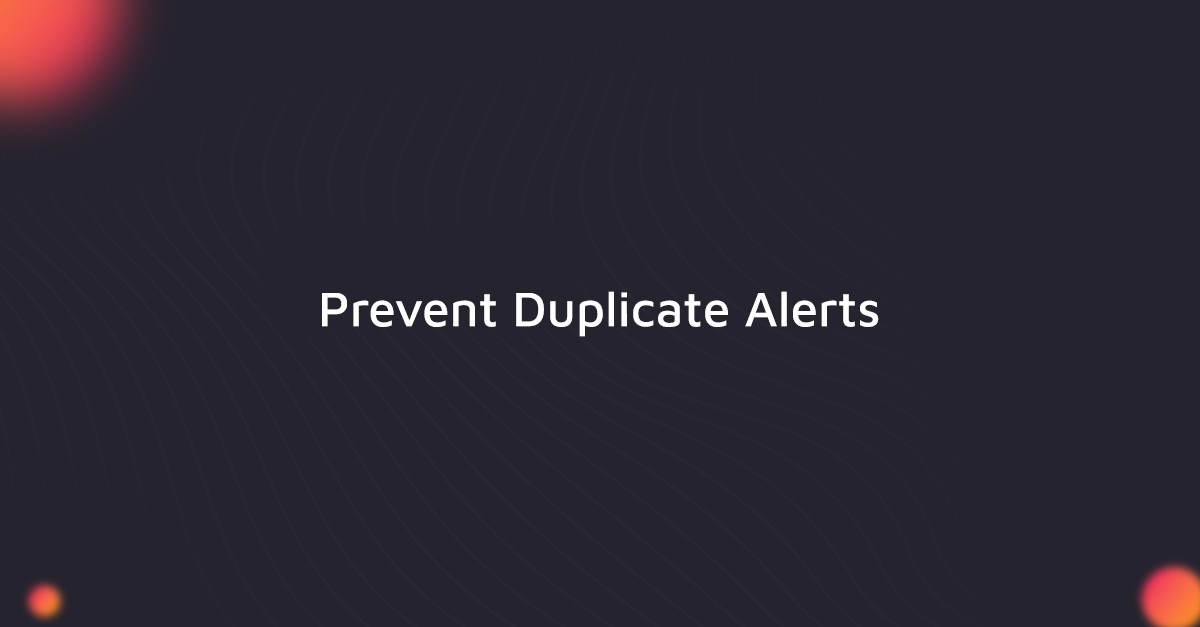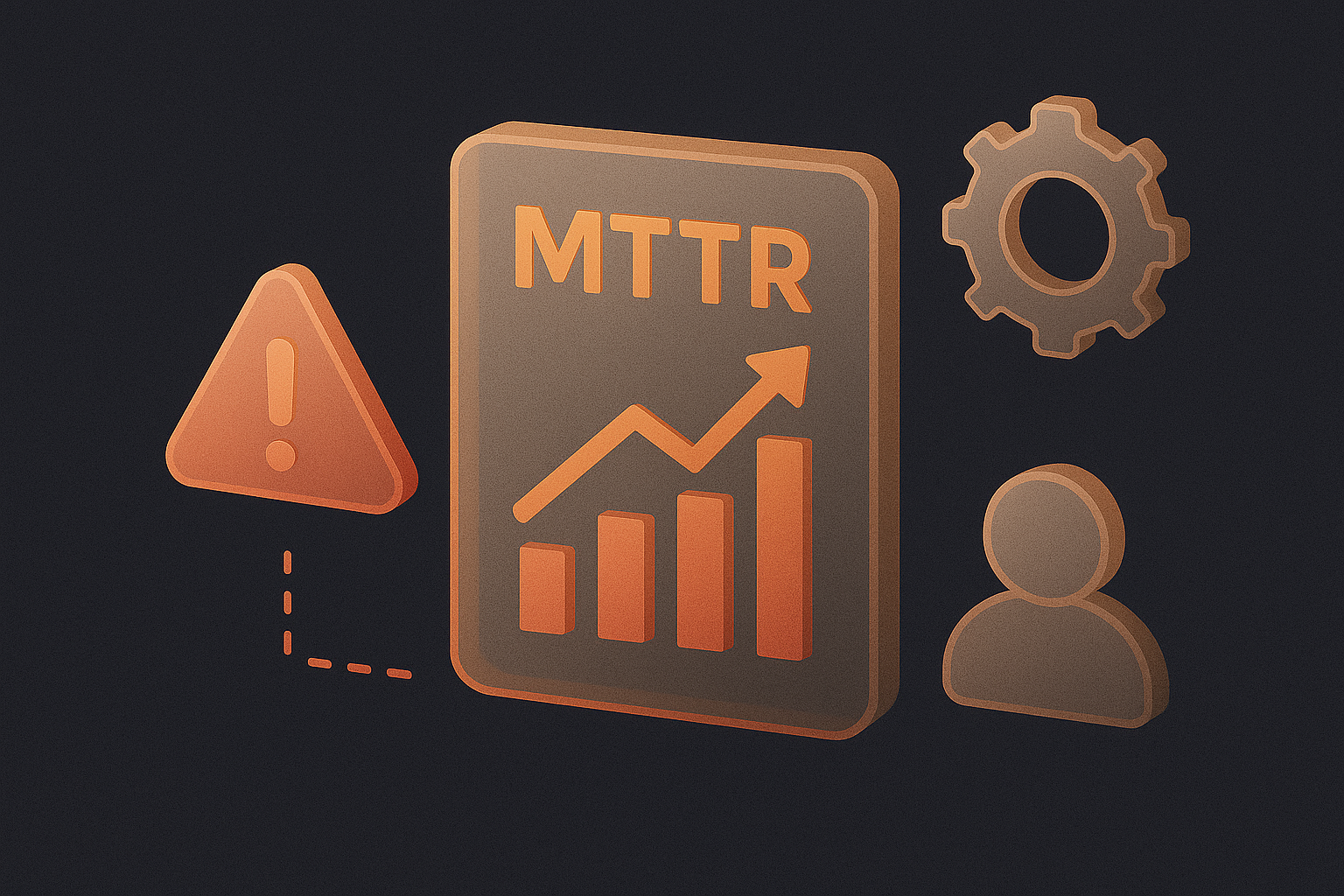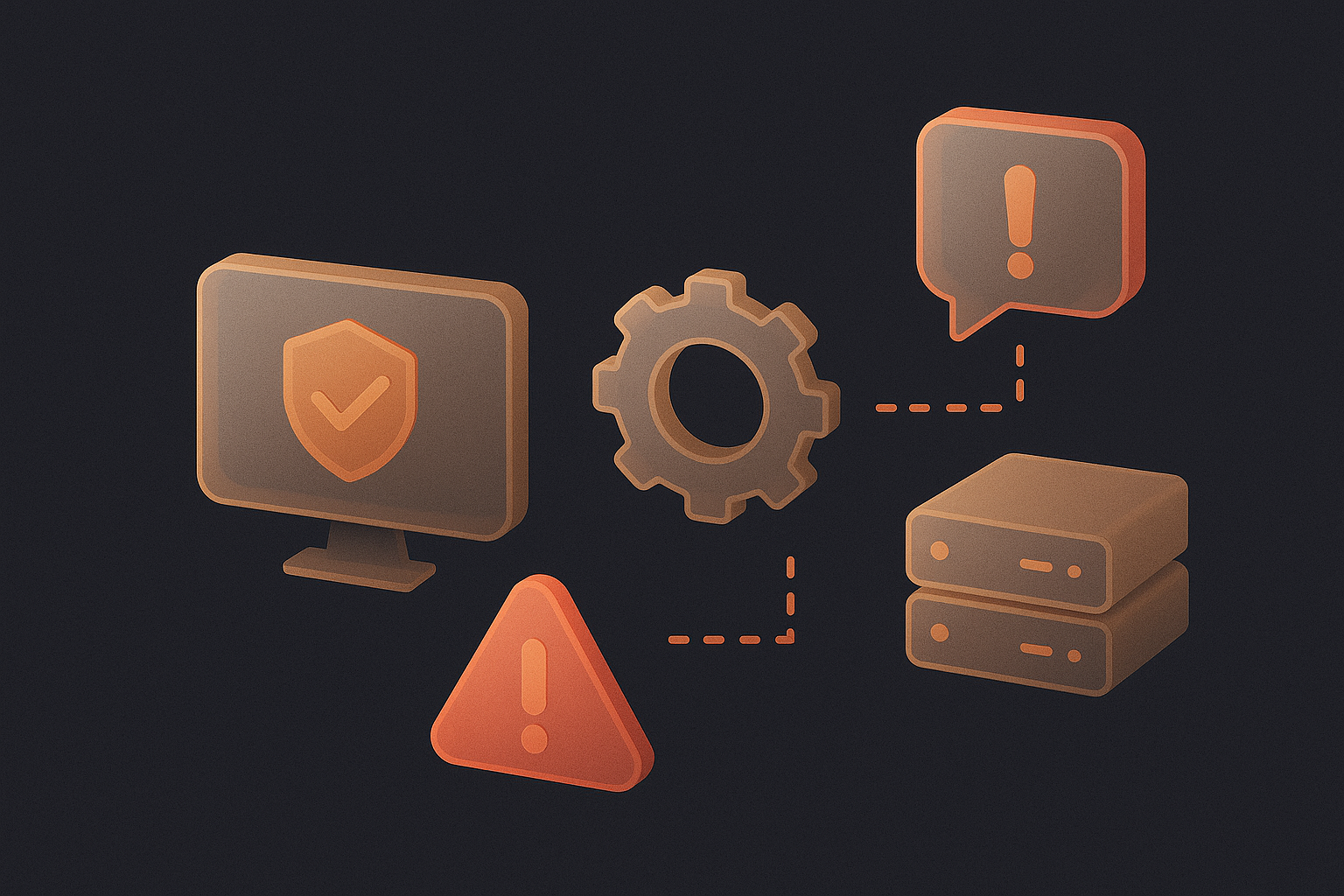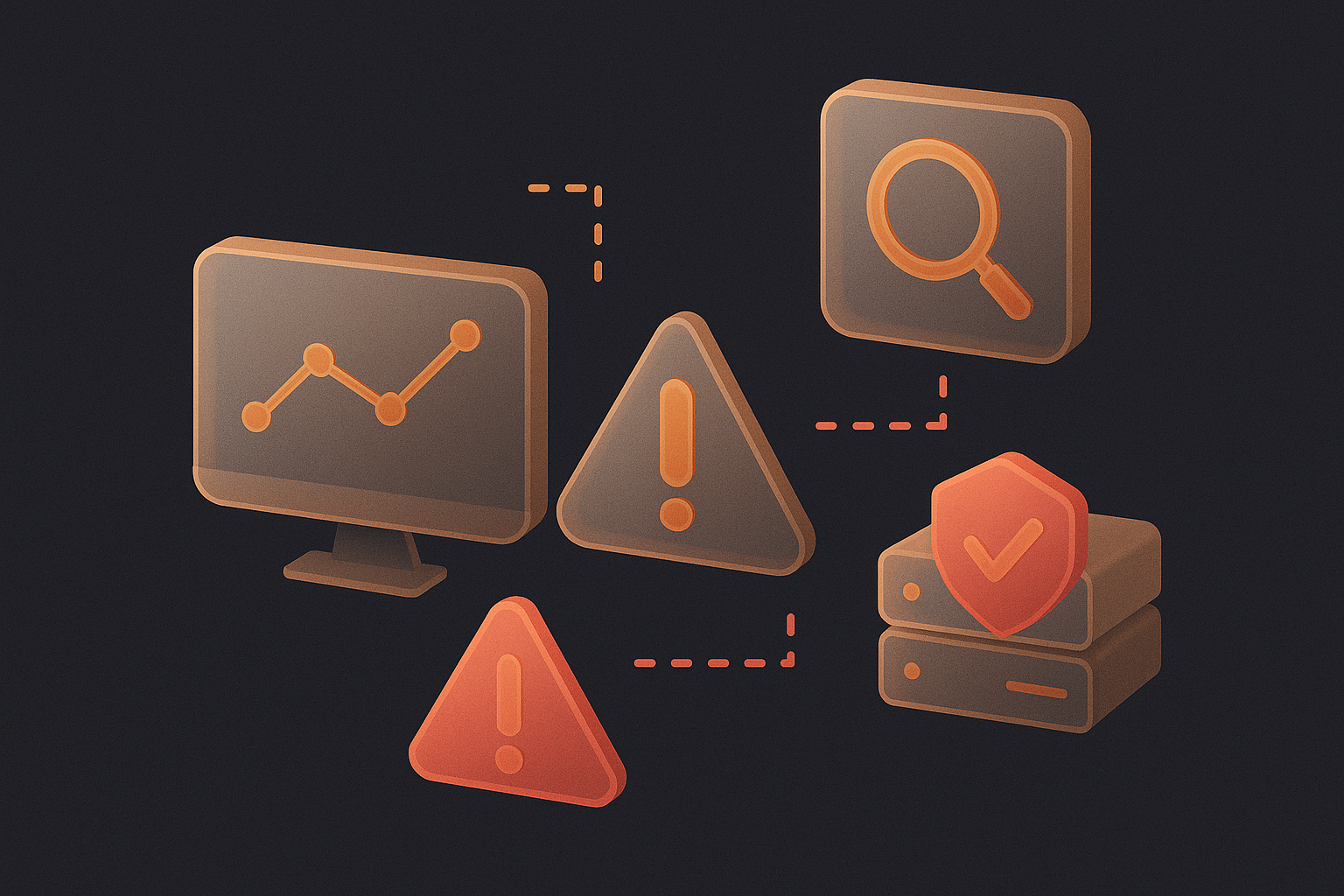Introduction
Being on-call is one of the toughest responsibilities in IT. Engineers must be ready to respond at any hour, often balancing the stress of urgent incidents with everyday operations. But nothing drains energy faster than duplicate alerts.
When one problem triggers dozens of notifications across different devices or monitoring tools, on-call teams spend valuable time sifting through noise instead of resolving the real issue. The result is slower incident response, rising frustration, and ultimately burnout. To avoid these risks, organizations must embrace duplicate alert prevention and smarter on-call alert management strategies.
The Problem with Duplicate Alerts
1. Redundant Notifications
A single network outage might generate alerts from multiple systems—Meraki for device health, ThousandEyes for connectivity, Splunk for log anomalies. Each one describes the same issue but arrives separately, overwhelming on-call engineers.
2. Alert Fatigue
Constant duplicate alerts desensitize staff. Teams may begin to ignore notifications entirely, increasing the risk of missing a critical incident.
3. Slower Resolutions
On-call responders waste time sorting through dozens of messages before piecing together the root cause. While the issue drags on, customers experience outages and downtime grows more expensive.
4. Staff Burnout
Duplicate alerts don’t just waste time, they chip away at morale. When every incident feels like an avalanche of noise, talented engineers quickly burn out, leading to turnover and knowledge loss.
Why Duplicate Alert Prevention Matters
The stakes are high. Every duplicate alert not only delays resolution but also compounds long-term costs:
- Operational Inefficiency: Engineers act as human filters, instead of solving problems.
- Escalation Costs: Minor issues snowball into major incidents due to delays.
- Employee Retention Risks: Burnout pushes skilled IT professionals out the door.
That is why alert deduplication is critical for healthy incident management. It ensures that every problem results in one actionable incident, not dozens of redundant notifications.
How to Stop Duplicate Alerts
1. Consolidate Alerts with Smart Correlation
Rather than treating each notification as unique, use correlation to group related alerts. For example, when multiple Meraki devices report connectivity issues, a smart platform consolidates them into a single incident. AlertOps excels at this, reducing duplicate alerts by as much as 70 percent.
2. Add Context and Intelligence
On-call teams need more than raw alerts. They need to know severity, scope, and probable root cause. By enriching alerts with historical context and AI-driven analysis, AlertOps ensures responders can act quickly and confidently.
3. Automate Escalation Across Channels
Static email notifications are a recipe for delays. With AlertOps, incidents are routed dynamically across SMS, voice, Slack, Teams, or push notifications. Escalation policies ensure no alert stalls, even if the first responder is unavailable.
4. Use AI for Prioritization
Not all alerts carry the same weight. By applying AI for prioritization, duplicate alerts are suppressed while critical events surface first. This keeps on-call engineers focused on the issues that truly matter.
5. Continuously Optimize with Feedback
Effective on-call alert management is not a one-time fix. Teams must review historical incidents, identify recurring duplicate patterns, and refine configurations. AlertOps supports this through historical alert insights and AI-generated postmortems that feed continuous improvement.
Real-World Benefits of Alert Deduplication
Organizations that implement duplicate alert prevention see measurable improvements:
- Noise Reduction: Thousands of redundant alerts collapse into a handful of actionable incidents.
- Faster MTTR: On-call engineers act on one clear notification instead of dozens.
- Stronger Morale: Teams report less fatigue and more confidence during incidents.
- Business Resilience: Customers and stakeholders see fewer disruptions.
In one case study, a global NOC used AlertOps to consolidate alerts across multiple monitoring platforms and reduced total alert noise by 70 percent. That transformation freed engineers to focus on solving problems instead of battling their inboxes.
Duplicate alerts are more than just an inconvenience. They slow down resolution, overwhelm on-call teams, and drive burnout. For modern IT organizations, investing in alert deduplication and on-call alert management is essential to maintain resilience and retain talent.
By deploying AlertOps, enterprises gain the intelligence, automation, and correlation they need to prevent duplicate alerts and ensure every incident is managed effectively. The outcome is clear: less noise, faster resolutions, and healthier on-call teams.



